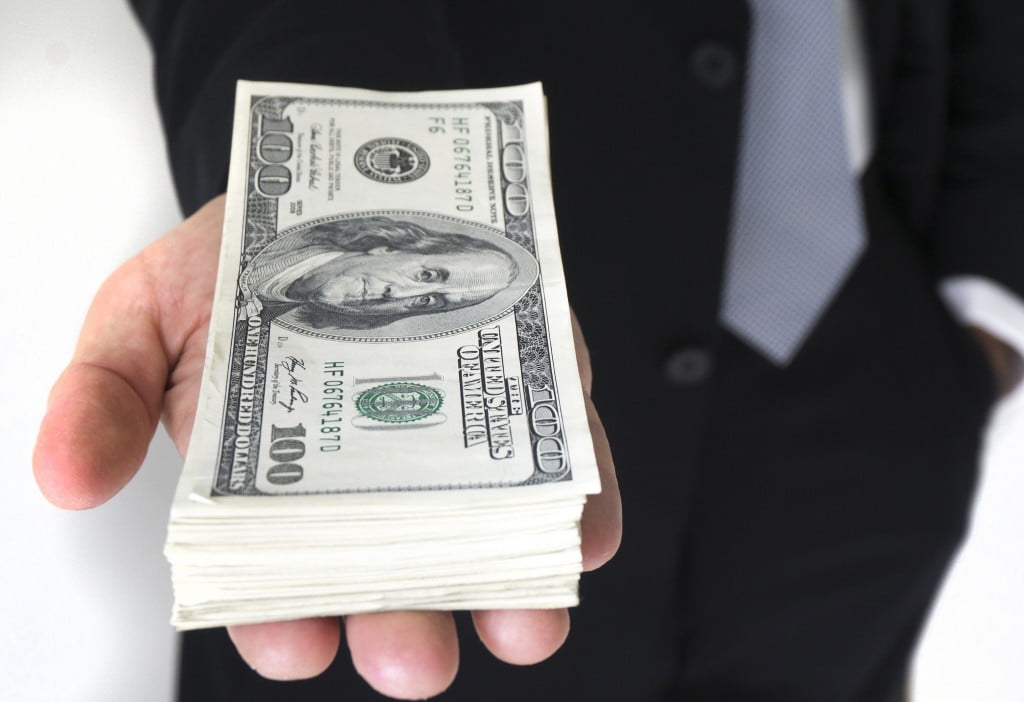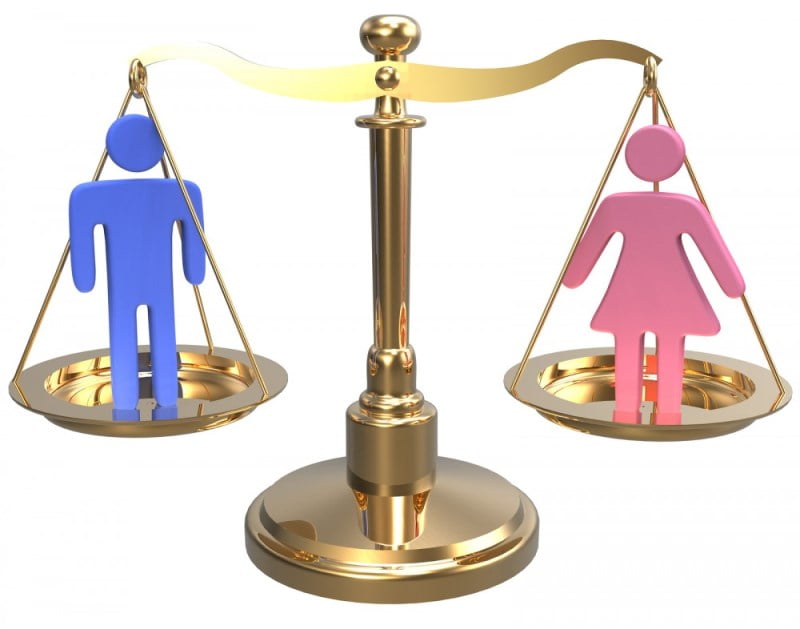Women earn less than men, and this sad fact of life – that undoubtedly needs to change – also applies to the earnings of women sellers on the popular e-commerce website eBay.
SEE ALSO: Are Women Equal In The Startup Nation?
A new Israeli study shows that even the newest, most democratic way to make money online is flawed when it comes to gender equality. The findings reveal that, on average, a female seller receives about 80 cents for every dollar a male seller receives when selling an identical new product through an eBay auction. When selling the same used product, women receive 97 cents on the dollar.
Analyzing several product categories, the researchers also found that in some categories women earn even less than 80 cents on the dollar: Jewelry and watches; gift cards and coupons; and sports memorabilia, to name a few.
SEE ALSO: These 10 Female Israeli Tech Leaders Will Blow You Away
Conducted by Tel Aviv University‘s Dr. Tamar Kricheli-Katz and Dr. Tali Regev (also a lecturer at IDC Herzliya), the study examined transactions conducted on eBay from 2009 to 2012, in order to see whether male and female sellers on the site made the same amount of money when selling identical items. The researchers examined over 630,000 auction transactions.
In line with the general inequality
Although gender inequality is a well-documented, widespread phenomenon, little is known about gender disparities in product markets. This study is among the first to use actual market data to study the behavior of women and men as sellers and buyers and differences in market outcomes. The findings were recently published in the scientific journal Science Advances.
The pay gap found in the TAU study is similar to the overall earnings ratio among men and women in the US; according to the US Bureau of Labor Statistics, men earn 25 percent more than women.
Sign up for our free weekly newsletter
SubscribeDiscerning the gender of the seller
It’s important to note that as a policy, eBay does not reveal the gender of its sellers. The researchers attribute the price differences to “the ability of buyers to discern the gender of the seller.”
The study presents results from an experiment that shows that people accurately identify the gender of sellers on the basis of typical information provided in postings, such as the name of the seller. The researchers supplement their analysis with an additional off-eBay experiment showing that, in a controlled setting, people are willing to pay less for money-value gift cards when they are sold by women rather than men.
An unconscious buying decision
Kricheli-Katz believes this bias doesn’t stem from any conscious decisions on the part of buyers. “We actually think that most of it is unconscious,” she said in a statement. “The fact is that most of us have biases. We hold them unconsciously, and it makes it difficult to change.”
As technology and e-commerce advance, we can only hope that democratization processes in the online marketplace will eventually help close the gender gap.
Photos: Coolcaesar
Related posts

Rehabilitation Nation: Israeli Innovation On Road To Healing

Israeli High-Tech Sector 'Still Good' Despite Year Of War







Facebook comments